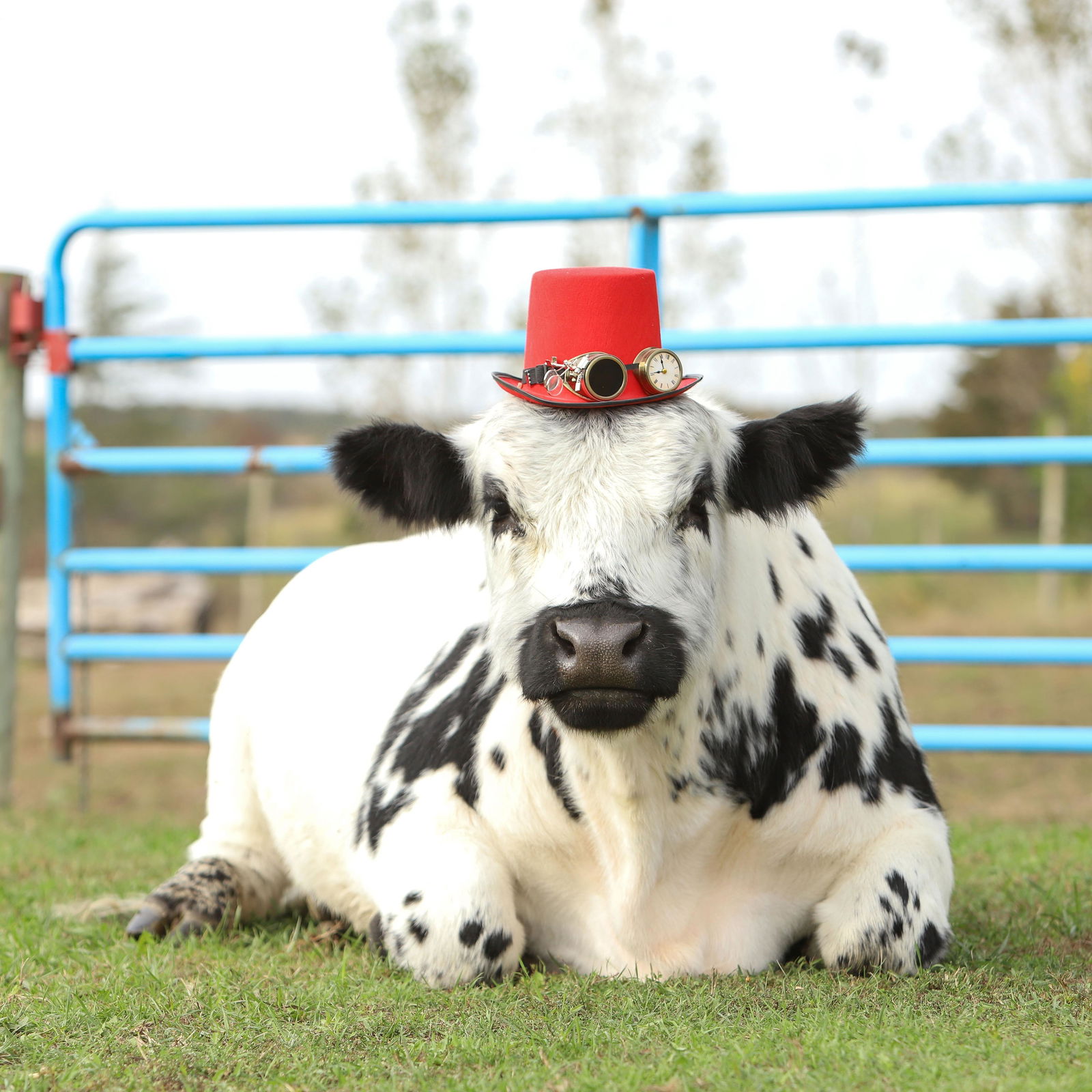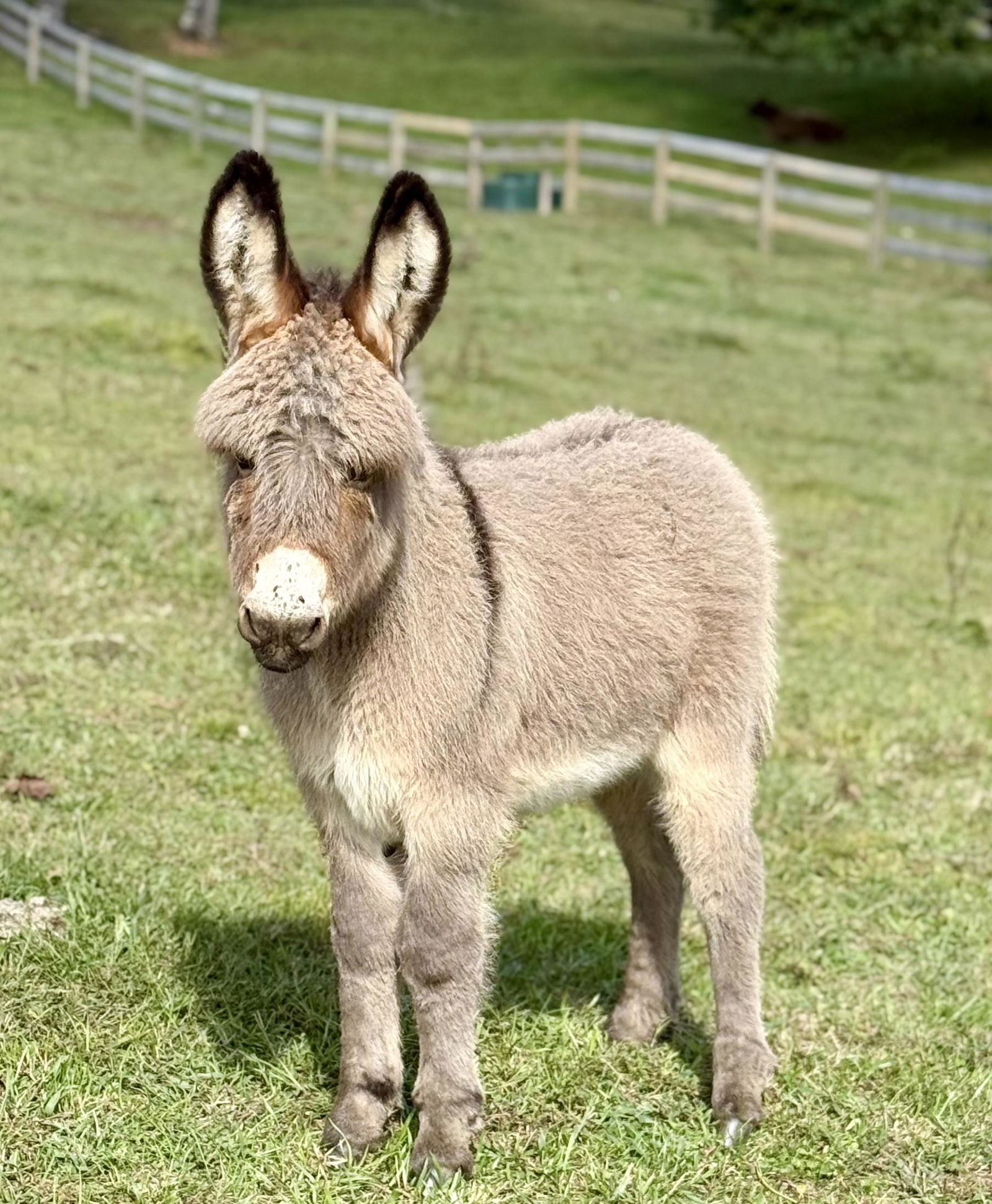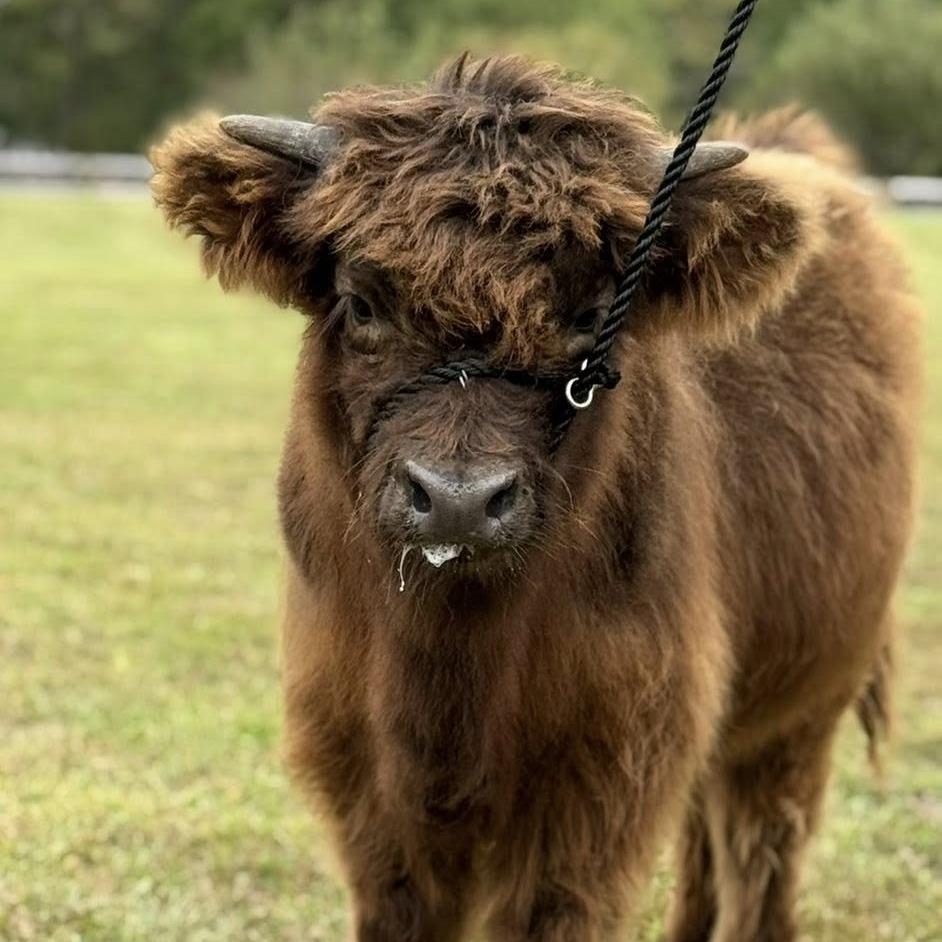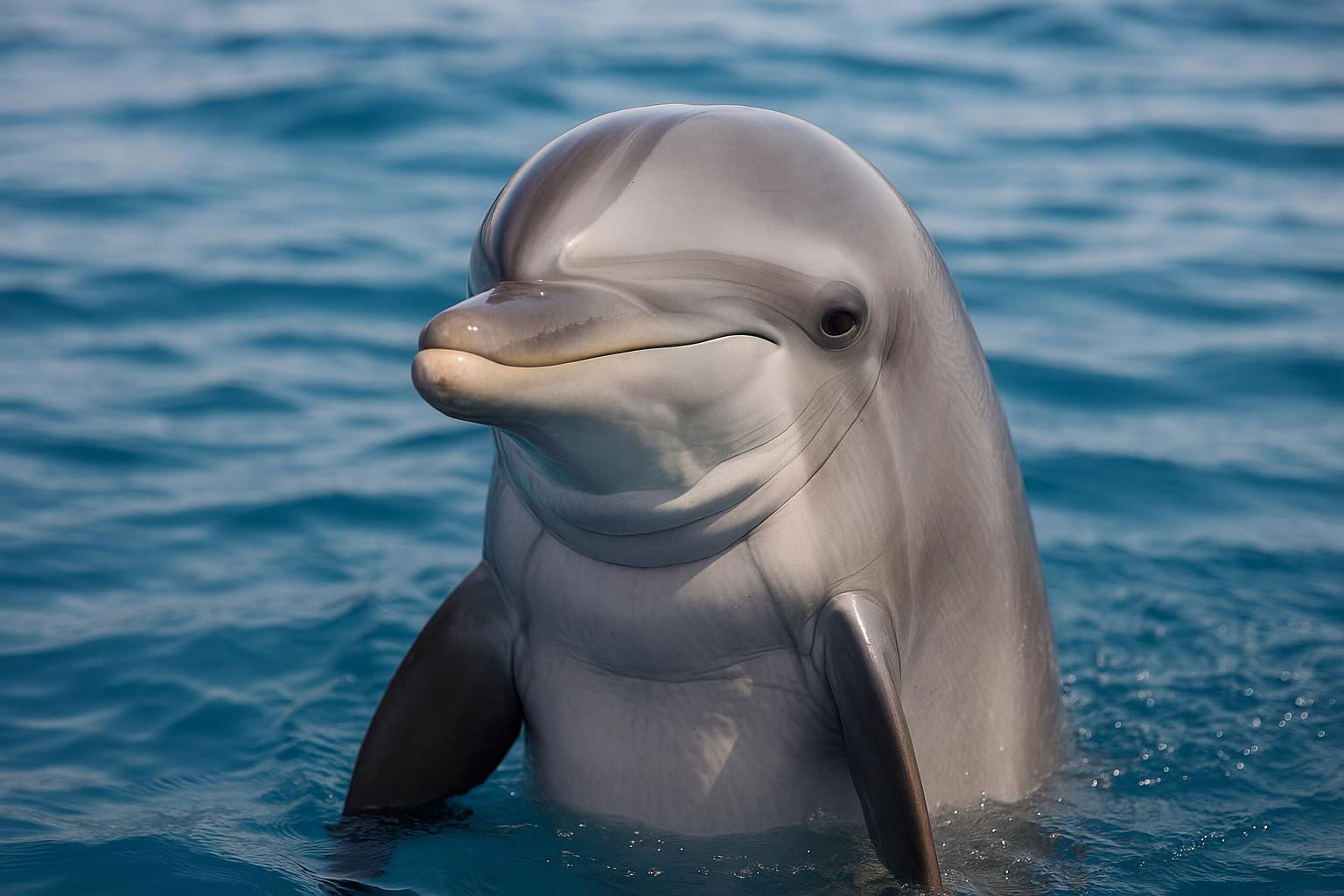
Bottlenose Dolphin
Tursiops truncatus
The Bottlenose Dolphin (Tursiops truncatus) is one of the most well-known and widespread marine mammals, recognized for its intelligence, playful behavior, and characteristic curved mouth, which gives the appearance of a friendly smile. These dolphins inhabit warm and temperate seas worldwide and are frequently seen in coastal waters, bays, and estuaries. They exhibit a robust, streamlined body with a distinctive gray coloration that fades to white on their undersides. Adult bottlenose dolphins typically measure between 2 and 4 meters in length and weigh around 150 to 650 kilograms.
Known for their complex social structures, bottlenose dolphins often travel in groups called pods, which can consist of just a few individuals to over a hundred. They communicate using a variety of vocalizations, including clicks, whistles, and body postures. These dolphins are highly intelligent, demonstrating problem-solving skills, the use of tools, and sophisticated hunting techniques, often working together to herd and capture fish.
As opportunistic feeders, their diet primarily includes fish, squid, and crustaceans. These dolphins are also renowned for their acrobatic displays, frequently breaching, splashing, and playing in the wake of boats. Bottlenose dolphins are a focal point for marine research due to their cognitive abilities and interactions with humans, both in the wild and in captivity. While they face threats from pollution, fishing nets, and habitat loss, they are currently listed as a species of least concern, thanks to their adaptability and wide distribution.

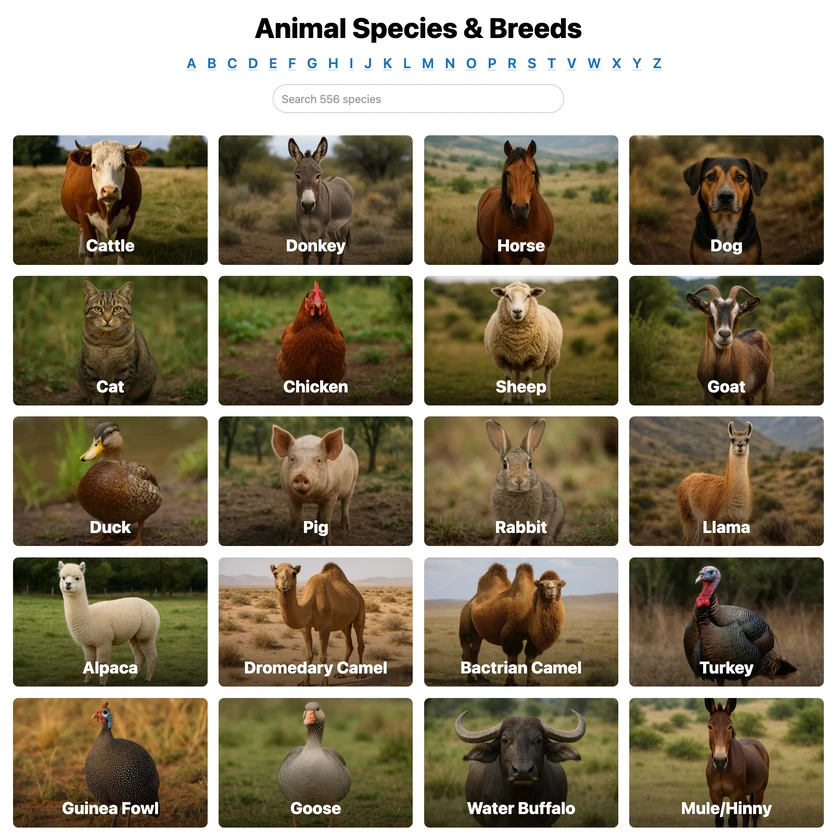 All Species & Breeds
All Species & Breeds
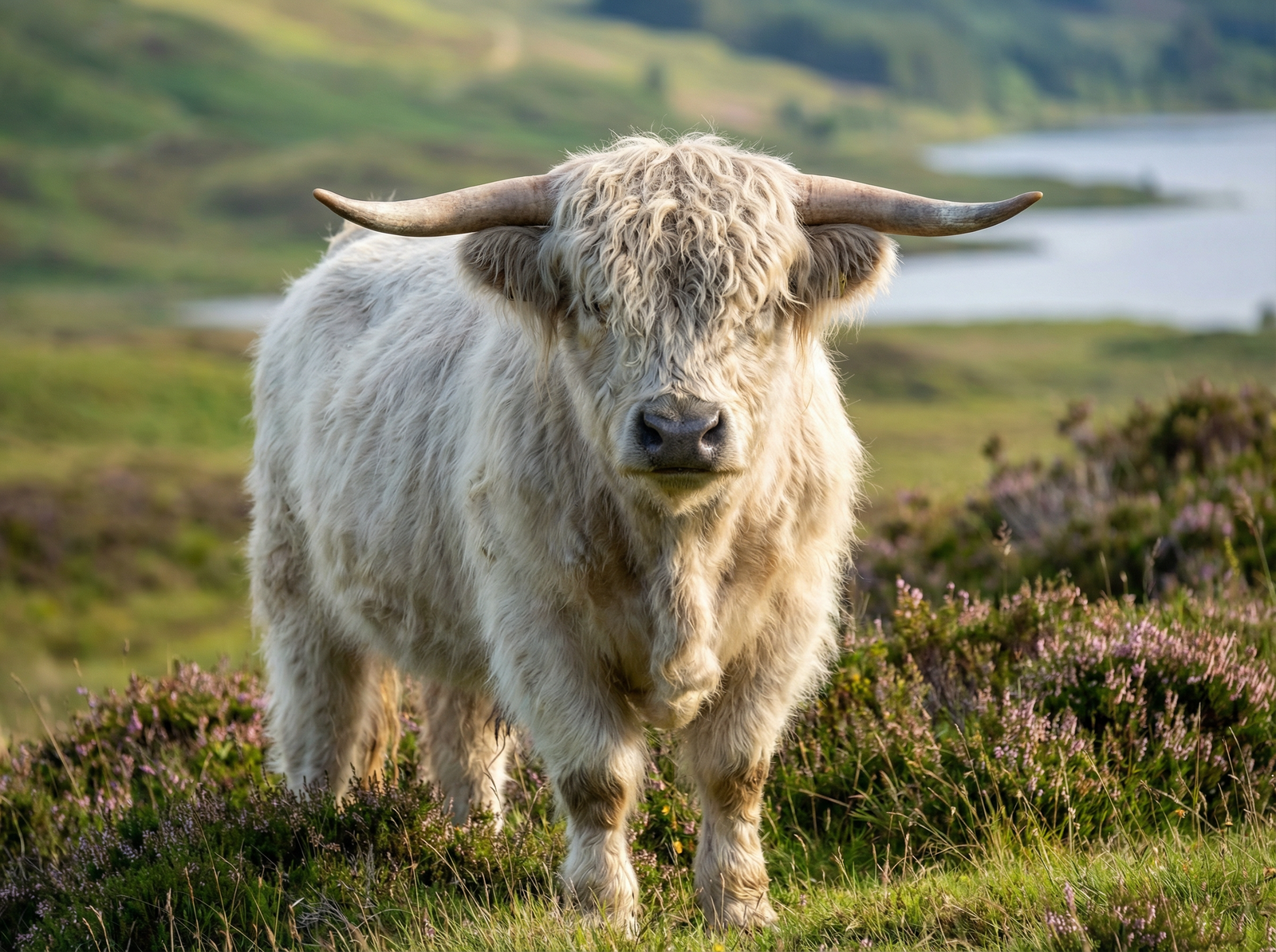 Highland Cattle
Highland Cattle
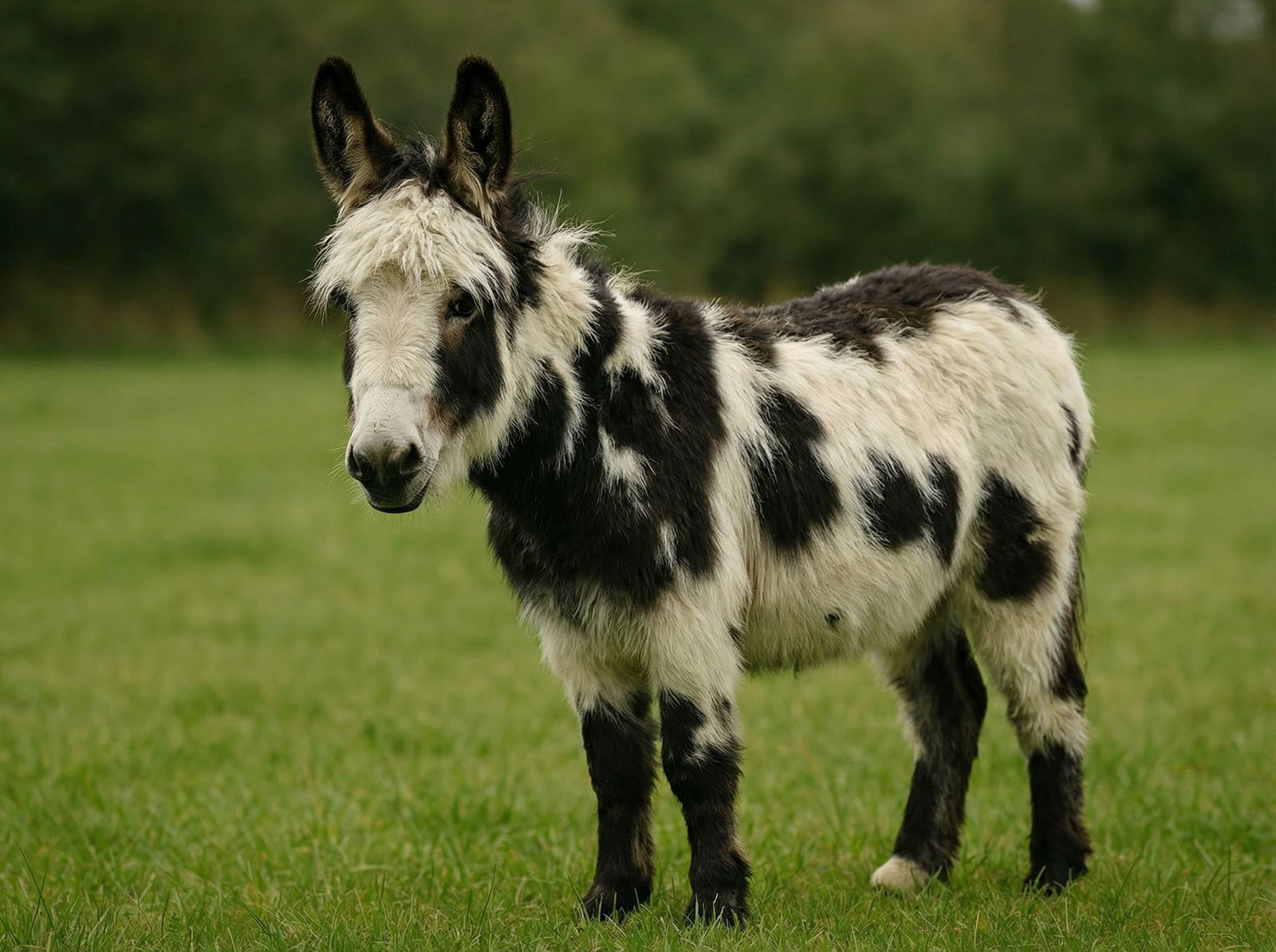 Miniature Donkeys
Miniature Donkeys
 All Species Directory
All Species Directory
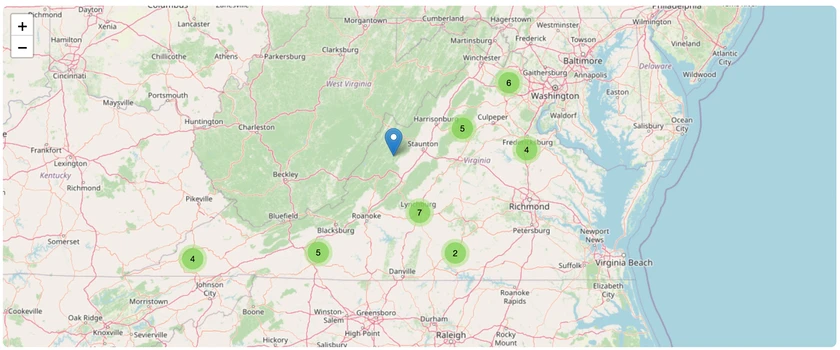 Highland Cattle in Virginia
Highland Cattle in Virginia
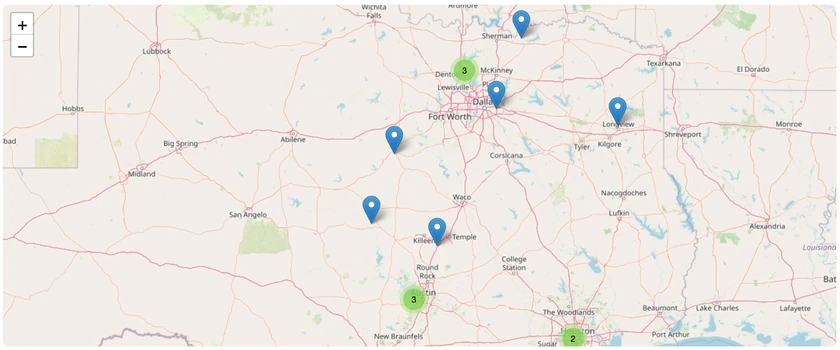 Miniature Donkeys in Texas
Miniature Donkeys in Texas
